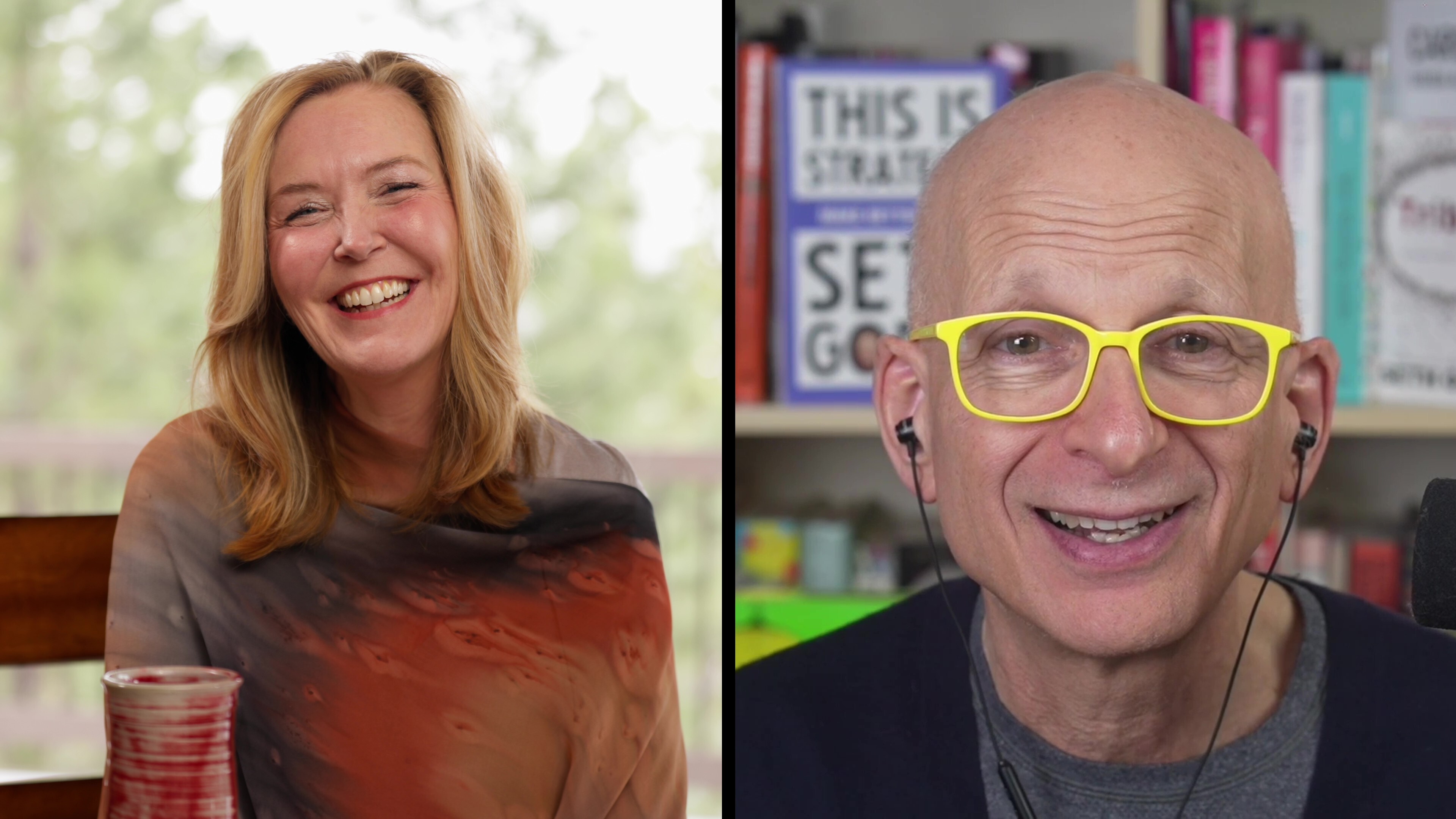Staffing is becoming one of the most urgent challenges in the arts sector today.
Executive leaders across the field are navigating a shrinking labor pool, rising turnover, and persistent gaps in training. Many are doing more with less—fewer experienced hands, longer onboarding times, and increased pressure to deliver results with under-resourced teams.
For many organizations, the challenge is no longer just about having enough people—it’s about whether those people have the clarity, support, and shared purpose they need to thrive. While capacity and capability are weighing heavily on executives’ minds, there’s a third element that’s just as critical—though it can feel like a luxury in tough times: culture.
Culture shapes how your team works, how they show up for each other, and how they serve your audience. Without it, even well-intentioned teams can falter. When staff aren’t aligned on expectations, communication breaks down, execution lags, and it becomes harder to retain both talent and trust.
In our latest episode of 'Leading the Way' TRG’s CEO Jill Robinson sat down with marketing thought leader Seth Godin to explore what makes teams effective—and why culture isn’t optional. Seth told a story about visiting Kodak, where even the receptionist helped shape the company’s identity by how warmly she welcomed visitors. It wasn’t just her job. She took ownership of the experience.
“We can do that with every element,” Seth said, “from programming to casting to the care we send fundraising emails with.”
Jill agreed, calling on arts leaders to get clear about how their organizations work—and to protect that standard with intention.
“A leader designs—maybe with a small group of colleagues—where we’re going and how we do things around here,” she said. “That informs the rest of the team.”
She acknowledged how hard it can be in arts and culture, especially when a staff member “loves the art so much,” but isn’t showing up in the way the team needs. And yet, that clarity—this is how we do things around here—is vital. Without it, your mission gets harder, not easier.
“This work is important,” Seth added. “If it doesn’t feel that way to you, we get it. But don’t do it here.”
🎥 Watch this powerful exchange between Jill and Seth:
At TRG, we see this dynamic play out in nearly every organization we serve.
That’s why we go beyond strategy. We help train new hires in the fundamentals of loyalty, segmentation, and campaign planning. We coach teams on how to work together across disciplines. And we help leaders set expectations that create clarity and accountability—so everyone on the team knows how to move the work forward.
Because the goal isn’t just to keep seats filled. It’s to build a team of people who believe in the work, know how to do it well, and are proud to be part of how we do things around here.


